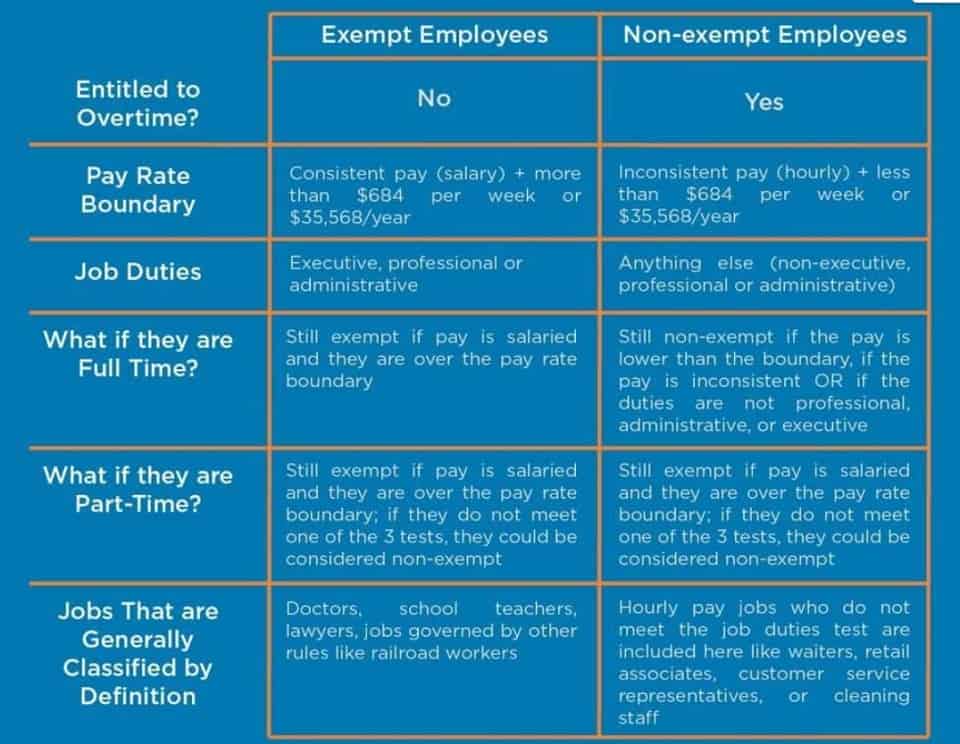
You can use a cash account to record all transactions that involve the receipt or disbursement of cash. The terms “credit balance” and “debit balance” are often used interchangeably. Double Entry Bookkeeping is here to provide you with free online information to help you learn and understand bookkeeping and introductory accounting. Chartered accountant Michael Brown is the founder and CEO of Double Entry Bookkeeping. He has worked as an accountant and consultant for more than 25 years and has built financial models for all types of industries.
Normal Balance and the Accounting Equation
Normal balances can help you keep track of your finances and balance your books. In other words, it cancels out part of the balance of the related Normal Balance account. All information published on this website is provided in good faith and for general use only. We can not guarantee its completeness or reliability so please use caution. Any action you take based on the information found on cgaa.org is strictly at your discretion. CGAA will not be liable for any losses and/or damages incurred with the use of the information provided.
Normal Balance
Understanding different accounts and their normal credit balances is essential for managing finances effectively. Whether you are a business owner, an accountant, or an individual trying to navigate personal finances, knowing which accounts typically have credit balances is crucial. Learn about the normal credit balances of finance accounts and how they impact your financial statements.

Income Statement Accounts are Temporary Accounts

This is because revenue is considered an increase in assets, and assets are typically credited in accounting. The balance sheet accounts are referred to as permanent because their end-of-year balances will be carried forward to the next accounting year. The format of the accounting equation (or basic accounting equation or bookkeeping equation) is identical to the format of the balance sheet. A contra account is an optional accounting income summary tool you can use d to improve the accuracy of financial statements.
- Assets and expenses have natural debit balances, while liabilities and revenues have natural credit balances.
- The same entry will credit its liability account Notes Payable for $10,000 since that account balance is also increasing.
- Now that we have a basic understanding of credit balances, let’s explore the different types of accounts that typically have normal credit balances.
- By starting each year with zero balances, the income statement accounts will be accumulating and reporting only the company’s revenues, expenses, gains, and losses occurring during the new year.
- Teresa Halvorson is a skilled writer with a passion for financial journalism.
- Again, you need to understand that the $500 credit entry to Consulting Revenues is causing a $500 increase in a permanent account that is part of owner’s equity or stockholders’ equity.
- For the past 52 years, Harold Averkamp (CPA, MBA) hasworked as an accounting supervisor, manager, consultant, university instructor, and innovator in teaching accounting online.
- If a buyer is able to pay an invoice in full within the first ten days, they will receive a 2 percent discount on the net amount.
- When an expense is incurred, the debit entry is recorded on the left side of the T-account and the credit entry is recorded on the right side.
- Discover the ins and outs of 401k account securities accounts, including pros and cons, to make informed investment decisions.
Since the purpose of the contra account is to be offset against the balance on another account, it follows that the normal balance on the contra account will be the opposite of the original account. The general ledger accounts that are not permanent accounts are referred to as temporary accounts. An increase in expenses and losses will cause a decrease in cash flow from operations because more cash is going out than coming in. When we talk about the “normal balance” of an account, we’re referring to the side of the ledger.
- This means that the amount on the credit side of these accounts is typically greater than the amount on the debit side.
- The income statement accounts are temporary because their balances are not carried forward to the next accounting year.
- A contra account is an optional accounting tool you can use d to improve the accuracy of financial statements.
- Hopefully this will give you a deeper understanding of the terms debit and credit which are central to the 500-year-old, double-entry accounting and bookkeeping system.
By starting each year with zero balances, the income statement accounts will be accumulating and reporting only the company’s revenues, expenses, gains, and losses occurring during the new year. Knowing the normal balance of accounts for each account type will help you understand how debits and credits affect each type of account. Credits and debits Cash Flow Management for Small Businesses determine the direction in which transactions affect each account. It’s crucial to understand that the terms “credit” and “debit” don’t necessarily indicate positive or negative transactions. The rule to prepare trial balance is that the total of the debit balances and credit balances extracted from the ledger must tally.

Credit cards often come with rewards programs, such as cashback or travel points, which can be a big incentive to use them. Credit cards, on the other hand, allow you to borrow money from the issuer to cover purchases, and you’ll receive a bill at the end of the month for the accounts with normal credit balances include amount you owe. With debit cards, you can’t spend more than you have in your account, which helps prevent overspending and debt.

Rider: Definition, How Riders Work, Types, Cost, And Example
In accounting, a credit does not necessarily denote an increase or a positive transaction, nor does a debit signify a decrease or a negative transaction. Instead, they indicate the direction in which the transaction affects the account’s balance. The most basic method used to record a transaction is the journal entry, where the accountant manually enters the account numbers and debits and credits for each individual transaction. This approach is time-consuming and subject to error, and so is usually reserved for adjustments and special entries. Although each account has a normal balance in practice it is possible for any account to have either a debit or a credit balance depending on the bookkeeping entries made.
Leave a Reply